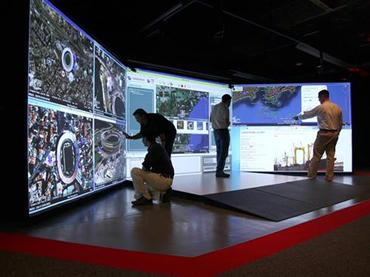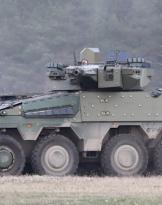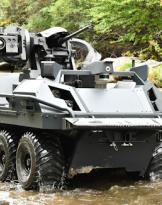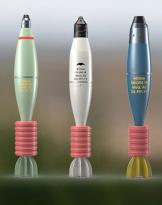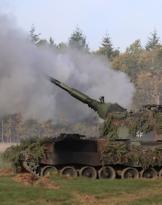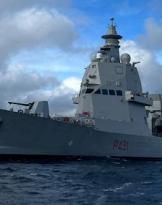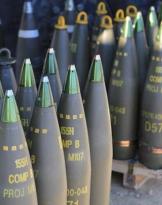A virtual environment that can be explored in every part thanks to 3-D technology. The user does not limit himself to analyzing the context, but is an integral part of it. This is the "Cave" or "Cave", Raytheon's newest laboratory.
The "Grotta" has the dimensions of a small theater. The walls are covered by very advanced screens not yet presented to the public. The entire system can be managed by wearing 3D glasses or from an S3D workstation connected from a remote site. The 3D space distributes virtual reality by creating an immersive field to stimulate collaboration among designers.
It is not enough to fly too much with fantasy: something similar, if not identical, has already been imagined in the Batcaverna by Bruce Wayne, in the X-Men series and in literature with Orson Scott Card's masterpiece just to cite a few examples.
For the US Department of Defense, "Cave" has already produced impressive results. The SM-3 ballistic anti-missiles were developed in the Batcaverna of Raytheon.
The SM-3 is a "missile-killer" with self-guided kinetic warhead: it is essentially a projectile designed to destroy short and medium-range ballistic missiles in space. The "hit to kill" system is a fundamental element in the American defense system. The Raytheon, in collaboration with Mitsubishi Heavy Industries, is developing the next generation of SM-3: the BlockIIA. The new system called "game changer", will be deployed both on land and at sea.
The new SM-3 will feature a more powerful kinetic head and large rocket engines, giving the carrier greater reach and ability to defend larger areas. It will be the fulcrum of the European missile defense system. The first test on the mainland took place last October in the White Sands Missile Range. It should be deployed from the 2018.
Weapons like the SM-3 would not have been built without the "Cave" - they say from Raytheon - that provided fundamental advantages for the design of the missile. Thanks to the three dimensions it is much easier to identify potential mechanical defects already in the design phase, without forgetting that the virtual prototype is far more convenient than the physical one. The designers used the augmented reality technology in 3D to test all aspects of the missile system with a fleet of laser-guided robots, long before any physical construction began.
Franco Iacch

